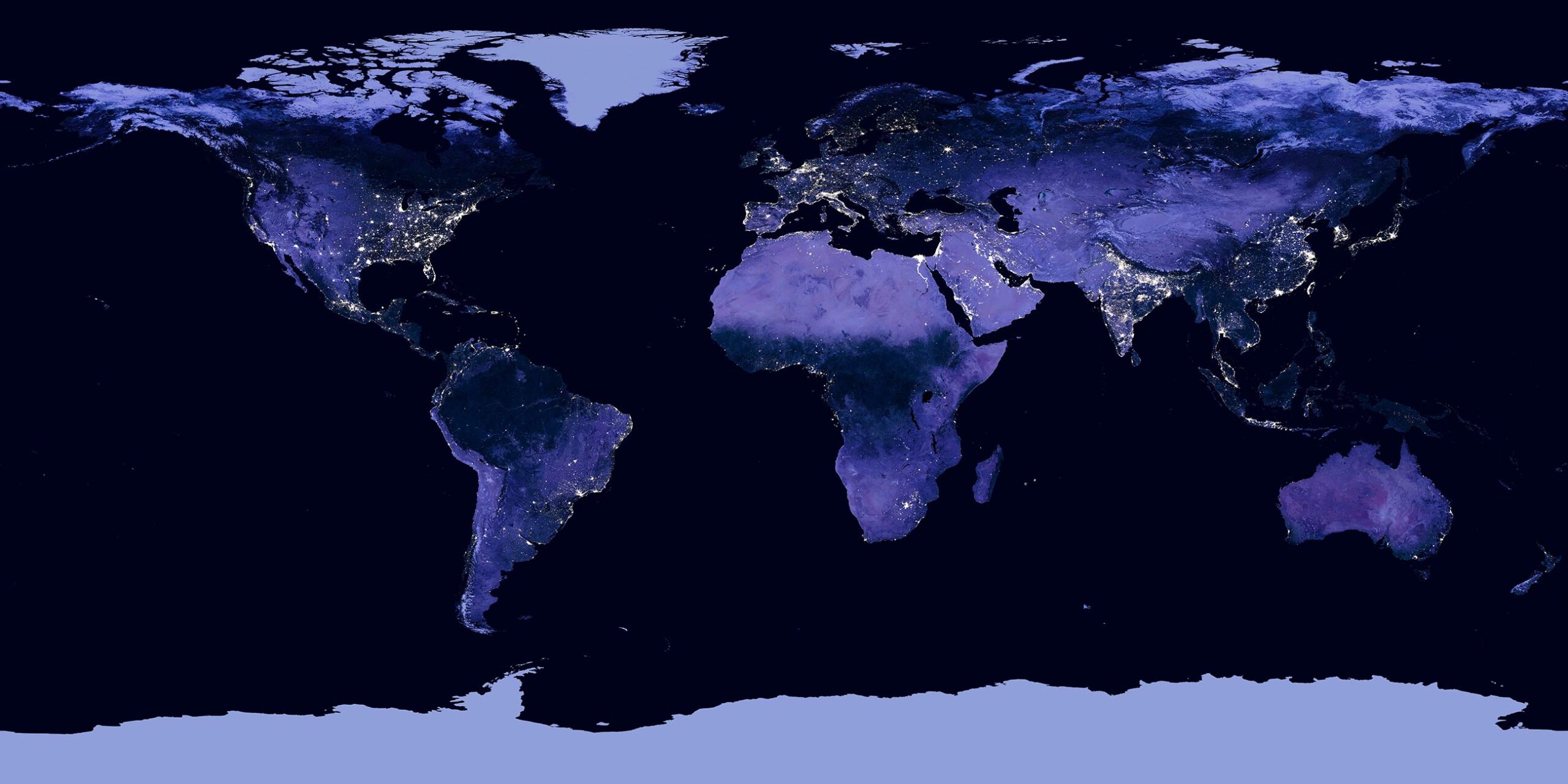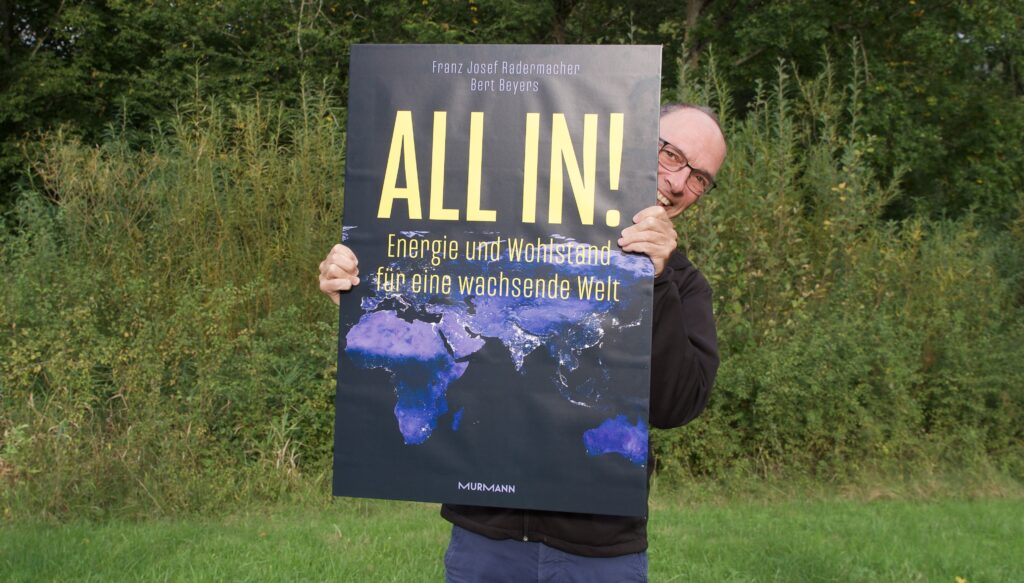Christof von Branconi summarises the key points of the new GES paper on the electricity system in an interview.
According to GES estimates, the demand for electricity will be lower than previously planned: The e-car boom is not happening, the same applies to heat pumps and the expansion of large electrolysers for the production of green hydrogen is also lagging behind. In addition, industrial demand is declining. Instead of the more than 700 terawatt hours of electricity demand previously expected, GES anticipates a maximum of 600 to 650 terawatt hours by 2035.
Unlike the German government, which is aiming for the full expansion of renewables, GES is focussing on two pillars for the electricity system. For three reasons: Firstly, the GES concept makes it easier to provide energy for periods of darkness and prolonged windlessness, especially in the winter months when there is little sunshine. Secondly, the dual structure helps to stabilise the electricity grid, which is crucial for security of supply. And thirdly, the two-pillar model helps to control the costs of the electricity system.





